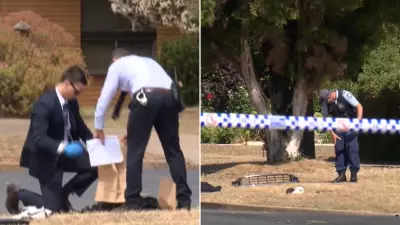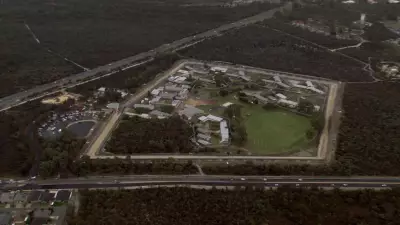
Cessnock residents are bracing for significant financial pressure as the local council proposes a staggering 40 percent rate increase over the next three years. The proposed hike comes as the community already grapples with rising living costs and economic uncertainty.
Financial Strain on Household Budgets
The planned rate rise would see Cessnock City Council gradually increase rates by approximately 13.5 percent annually from 2025 to 2027. This substantial increase has left many residents concerned about their ability to manage household budgets already stretched thin by inflation and interest rate pressures.
Council officials defend the proposal as necessary to address critical infrastructure needs and maintain essential services. They cite rising operational costs, aging facilities, and increased demands on council resources as driving factors behind the difficult decision.
Council's Justification for Increase
According to council documents, the rate rise is essential for:
- Maintaining and upgrading local roads and infrastructure
- Funding essential community services and facilities
- Addressing budget shortfalls and financial sustainability
- Keeping pace with inflation and increased service delivery costs
The proposal comes amid a challenging economic environment where many councils across New South Wales are facing similar financial pressures.
Community Consultation Underway
Cessnock City Council has launched a community engagement process to gather feedback from residents about the proposed rate increases. Public forums and consultation sessions are being scheduled to allow ratepayers to voice their concerns and understand the council's financial position.
The final decision on the rate rise will require approval from the Independent Pricing and Regulatory Tribunal (IPART), which assesses council applications for special rate variations across NSW.
Local community groups are organizing to ensure residents' voices are heard throughout the consultation process, with many calling for greater transparency about how the additional funds would be allocated and spent.





